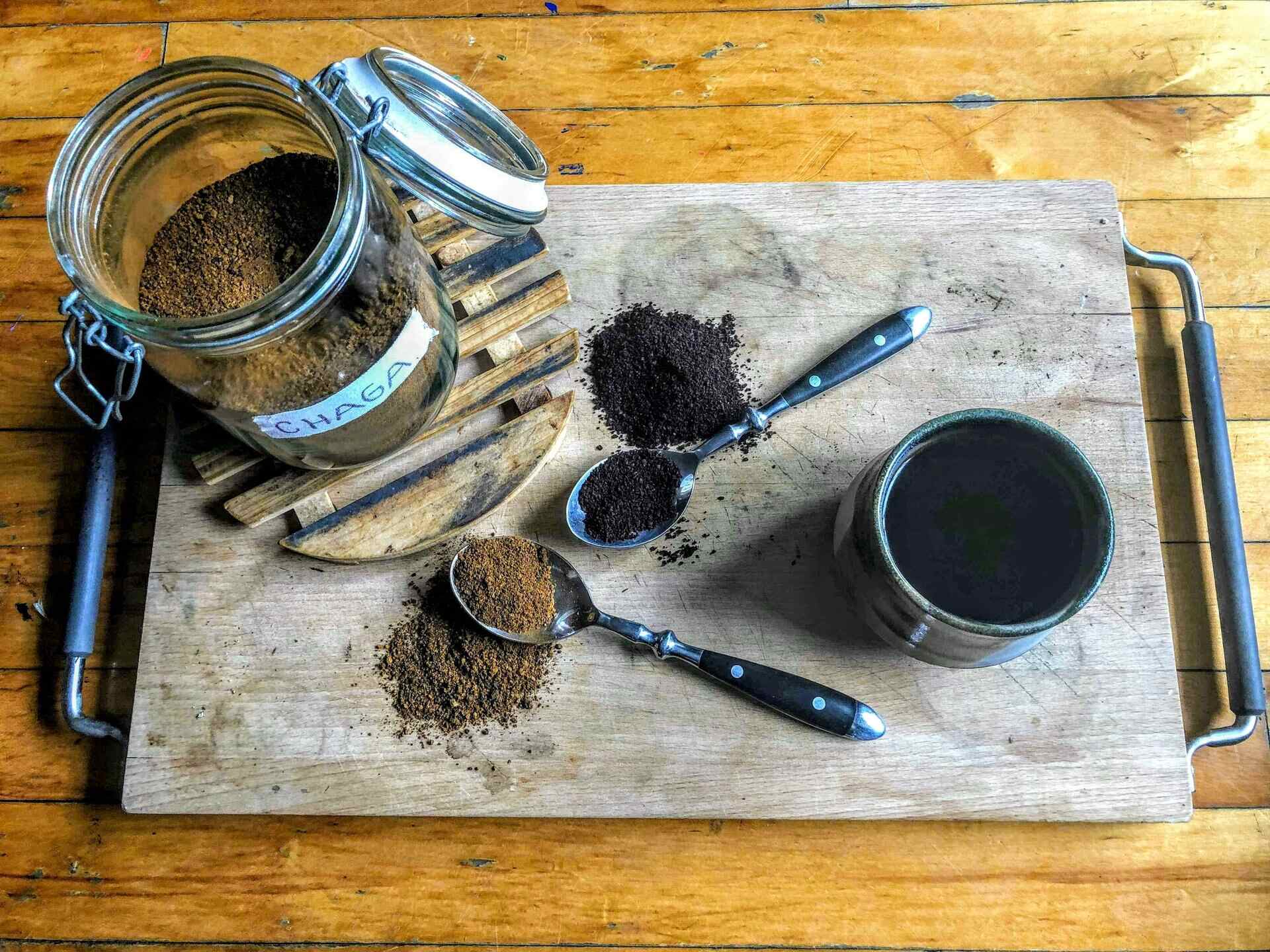

Articles
How To Store Chaga
Modified: December 7, 2023
Discover useful articles on how to store Chaga and keep it fresh for optimal use. Learn the best methods and tips in this comprehensive guide.
(Many of the links in this article redirect to a specific reviewed product. Your purchase of these products through affiliate links helps to generate commission for Storables.com, at no extra cost. Learn more)
Introduction
Welcome to the world of chaga, a fascinating medicinal mushroom that has gained popularity for its numerous health benefits. Chaga, scientifically known as Inonotus obliquus, grows on the bark of birch trees in cold climates, particularly in regions like Siberia, Canada, and Alaska. This unique mushroom has been used in traditional medicine for centuries and is now gaining recognition in the modern wellness industry.
Chaga contains a wide range of bioactive compounds, such as polysaccharides, triterpenoids, and melanin. These compounds are believed to contribute to chaga’s potential health-promoting properties, including immune system support, antioxidant activity, and anti-inflammatory effects. With its growing popularity, more and more individuals are looking for ways to incorporate chaga into their daily routine.
In this article, we will explore the various aspects of storing chaga to ensure its freshness and potency. From finding high-quality chaga to harvesting and preparing it for storage, we’ll guide you through the different methods of storing chaga to maintain its beneficial properties.
Whether you’re a chaga enthusiast or someone new to this medicinal mushroom, understanding how to store chaga correctly will help you make the most of its potential benefits. So let’s delve into the world of chaga storage and learn how to preserve this valuable resource for longer shelf life and optimal potency.
Key Takeaways:
- Properly storing chaga, whether in whole, powdered, or extract form, is essential to maintain its freshness and potency. Follow specific storage methods and tips to maximize the shelf life of this valuable medicinal mushroom.
- From finding high-quality chaga to sustainable harvesting and proper preparation for storage, understanding the nuances of chaga storage is crucial. By implementing best practices, you can ensure that your chaga remains potent and ready for use.
Read more: How To Store Chaga Chunks
What is Chaga?
Chaga is a unique type of mushroom that belongs to the Hymenochaetaceae family. It has a distinct appearance, with a black, charcoal-like exterior and a brownish-yellow interior. Chaga grows exclusively on birch trees in cold climates, absorbing the nutrients from the tree to develop its medicinal properties.
This medicinal mushroom has a long history of use in traditional medicine, particularly in Siberian and Scandinavian cultures. It has been referred to as the “King of Medicinal Mushrooms” due to its potent health-boosting properties.
One of the key components that make chaga highly sought after is its abundance of bioactive compounds. Chaga contains a rich array of nutrients, including polysaccharides, triterpenes, betulinic acid, and antioxidants. These compounds are believed to contribute to its potential health benefits.
Chaga is renowned for its immune-boosting properties. The natural compounds found in chaga can help support and regulate the immune system, defending the body against harmful pathogens and reducing the risk of infections.
Furthermore, chaga is known for its powerful antioxidant effects. Antioxidants protect the body from oxidative stress caused by free radicals, which can lead to chronic inflammation and various health issues. The antioxidant properties of chaga help neutralize free radicals and reduce oxidative damage.
In addition to its immune-boosting and antioxidant properties, chaga is also believed to have anti-inflammatory benefits. Its compounds can help reduce inflammation in the body, which is a common factor in many chronic illnesses, including cardiovascular diseases, diabetes, and certain types of cancer.
Moreover, chaga may have potential anti-cancer properties. Some studies suggest that certain compounds in chaga can inhibit the growth of cancer cells and induce apoptosis (cell death) in cancer cells, although further research is needed to fully understand the extent of its anti-cancer effects.
Overall, chaga is a fascinating mushroom with a wide range of potential health benefits. From immune support to antioxidant and anti-inflammatory effects, incorporating chaga into your wellness routine may provide a natural and holistic approach to promoting overall health and well-being.
Benefits of Chaga
Chaga is not just an ordinary mushroom. It is packed with a wide range of potential health benefits that have attracted the attention of researchers and health enthusiasts alike. Let’s explore some of the key benefits of incorporating chaga into your wellness routine:
- Immune System Support: Chaga has been traditionally used to strengthen and support the immune system. It contains bioactive compounds, such as beta-glucans, which can help activate and regulate the immune response, making it more efficient in fighting off infections and diseases.
- Antioxidant Powerhouse: Chaga is loaded with antioxidants, which protect the body against free radicals. Free radicals are unstable molecules that can cause oxidative stress and damage to cells, leading to chronic diseases. The high levels of antioxidants in chaga help neutralize free radicals and reduce the risk of oxidative damage.
- Anti-Inflammatory Properties: Chronic inflammation is linked to various health conditions, including heart disease, arthritis, and diabetes. Chaga contains anti-inflammatory compounds that can help reduce inflammation in the body, promoting better overall health and potentially alleviating symptoms of inflammatory disorders.
- Supports Digestive Health: Chaga has been traditionally used to support digestion and promote gastrointestinal health. It can help improve digestion and alleviate digestive issues such as bloating, gas, and indigestion. The natural fiber in chaga may also support a healthy gut microbiome.
- Potential Anti-Cancer Effects: Some studies suggest that chaga may have anti-cancer properties. It contains compounds that have been shown to inhibit the growth of cancer cells, induce apoptosis (cell death) in cancer cells, and suppress tumor progression. However, more research is needed to fully understand the extent of chaga’s anti-cancer effects.
- Boosts Energy and Mental Clarity: Chaga is often praised for its ability to enhance energy levels and promote mental clarity. It is believed to provide a natural and sustained energy boost without the jittery side effects often associated with caffeine or other stimulants.
These are just a few of the potential benefits that chaga offers. It’s important to note that individual experiences may vary, and chaga should not be used as a replacement for medical treatment. If you have any pre-existing health conditions or are taking medications, it’s always best to consult with a healthcare professional before starting any new dietary supplements.
Now that we understand the potential benefits of chaga, let’s dive into the next step: finding high-quality chaga for consumption.
Finding Quality Chaga
When it comes to chaga, it’s important to find a reliable and trustworthy source that offers high-quality mushrooms. Here are some tips to help you find and choose the best chaga:
- Source: Look for chaga that is sourced from regions with pristine and unpolluted environments, such as remote forests or mountains. Chaga harvested from such areas is likely to be of higher quality and free from contamination.
- Harvesting Methods: It’s essential to choose chaga that has been harvested sustainably and ethically. Some companies employ sustainable harvesting practices that ensure the mushroom is harvested in a way that allows the birch tree and surrounding ecosystem to thrive. Avoid purchasing chaga that has been harvested irresponsibly or without proper consideration for environmental impact.
- Certifications: Look for chaga that has been certified organic or wildcrafted. Organic certification ensures that the chaga has been grown without the use of pesticides, herbicides, and other harmful chemicals. Wildcrafted certification indicates that the chaga has been sustainably harvested from its natural habitat.
- Reputation: Consider the reputation of the brand or supplier. Read reviews and testimonials to get an idea of the quality of their chaga products. Check if they have transparent and honest sourcing practices.
- Appearance: While the appearance of chaga can vary, look for chaga with a dark, black exterior and a golden-brown interior. The texture should be firm and woody. Avoid chaga that appears moldy, damp, or has a foul odor.
- Processing Methods: Consider how the chaga is processed. Ideally, the chaga should be processed using methods that preserve its beneficial compounds. Look for brands that use low-temperature drying methods and avoid products that are overly processed or contain unnecessary additives.
- Third-Party Testing: Some brands conduct third-party testing to verify the quality and purity of their chaga products. This testing can help ensure that the chaga is free from contaminants and meets the specified quality standards.
By keeping these factors in mind, you can increase your chances of finding high-quality chaga that retains its beneficial properties. Remember to do thorough research and choose a reputable brand or supplier that prioritizes sustainability, quality, and transparency.
Now that you know how to find quality chaga, the next step is learning how to harvest chaga sustainably. We’ll explore the process of harvesting chaga in the following section.
Harvesting Chaga
Harvesting chaga requires careful consideration and proper techniques to ensure the sustainability of the mushroom and to maintain its beneficial properties. Here’s a step-by-step guide on how to harvest chaga responsibly:
- Identify Mature Chaga: Look for mature chaga growths on birch trees. Mature chaga typically appears as a black, charcoal-like mass protruding from the bark of the tree. It may range in size from a few inches to several feet in diameter.
- Choose Healthy Trees: Select birch trees that are healthy and have a diameter of at least 6 to 8 inches. Avoid harvesting chaga from damaged or diseased trees, as it may affect the quality of the mushroom.
- Prepare Tools: Before harvesting, gather the necessary tools such as a sharp knife, gloves, and a small saw. Ensure that your tools are clean and sterilized to reduce the risk of contamination.
- Be Mindful of the Environment: When harvesting chaga, it’s essential to practice sustainable methods to minimize damage to the tree and surrounding ecosystem. Take only what you need and avoid excessive harvesting that may harm the birch tree.
- Harvesting Process: Start by making a horizontal cut around the chaga, a few inches above the base. Then, make a vertical cut downwards, creating a notch. Using a saw or knife, carefully remove the chaga from the tree. It’s crucial to leave a portion of the chaga behind to allow for regrowth and the continued health of the tree.
- Clean and Prepare: Once harvested, clean the chaga by removing any debris or excess bark. Rinse gently with water and pat dry.
- Store or Process: Decide whether you want to store the chaga as a whole or process it further, such as grinding it into powder or making extracts. We’ll discuss different storage methods in the next section.
It’s important to note that chaga takes years to grow and regenerate. Harvesting responsibly ensures the longevity of this valuable resource and helps preserve the integrity of the ecosystem. Always follow ethical practices and local regulations when harvesting chaga.
Now that you’ve harvested chaga, it’s essential to know how to prepare it for storage to maintain its potency. We’ll explore the different methods for storing chaga in the following section.
Read more: How To Store Basil From Store
Preparing Chaga for Storage
Before storing chaga, it’s important to properly prepare it to ensure its longevity and maintain its beneficial properties. Here are some steps to follow when preparing chaga for storage:
- Cleaning: Begin by cleaning the harvested chaga to remove any dirt, debris, or excess bark. Use a brush or a cloth to gently remove any surface impurities. Rinse the chaga with water to ensure it is clean and free from any contaminants.
-
Drying: Proper drying is essential to prevent mold and ensure the preservation of chaga’s beneficial compounds. There are a few methods you can use to dry chaga:
- Air Drying: Place the cleaned chaga in a well-ventilated area with good air circulation. Avoid direct sunlight, as it can degrade the quality of chaga. Allow the chaga to air dry for several weeks until it becomes hard and dry to the touch.
- Dehydrator: If you have access to a dehydrator, you can set it to a low temperature (around 95°F to 115°F or 35°C to 46°C) and place the chaga inside. Check regularly to ensure it is drying evenly and adjust the settings if needed.
Whatever method you choose, ensure that the chaga is completely dry before proceeding to the next step.
- Size Reduction (Optional): Depending on your preference, you may choose to break down the dried chaga into smaller pieces. This can be done using a clean knife, hammer, or mortar and pestle. Breaking them down into smaller chunks or grinding them into a powder can make it easier to use later on.
By taking the time to properly clean and dry the chaga, you can ensure that it remains in good condition for long-term storage. Now that the chaga is ready, we can explore the different methods of storing it in the next section.
Store Chaga in a cool, dry place away from direct sunlight, such as a pantry or cupboard. It can also be stored in an airtight container in the refrigerator for extended shelf life.
Methods for Storing Chaga
When it comes to storing chaga, there are several methods you can use to preserve its freshness and potency. Whether you have chaga in its whole form, powdered form, or as an extract, here are the different storage methods you can consider:
- Storing Chaga in Whole Form: If you have chaga in its natural, whole form, you can store it in a cool, dry place away from direct sunlight. A pantry, cupboard, or airtight container works well for this purpose. Make sure the chaga is completely dry before storing it to prevent mold or degradation. It’s also beneficial to periodically check on the chaga to ensure there are no signs of spoilage.
- Storing Chaga in Powder Form: If you have ground chaga powder, it’s best to store it in an airtight container to prevent exposure to air and moisture. Ensure the container is opaque or stored in a dark place to protect the chaga from light. Store the container in a cool, dry location, such as a pantry or cupboard, away from heat sources.
- Storing Chaga Extracts: If you have chaga extracts or tinctures, follow the storage instructions provided by the manufacturer. Generally, chaga extracts should be stored in dark glass bottles or containers to protect them from light. Keep them in a cool, dark place, such as a refrigerator, to maintain their freshness and potency.
Regardless of the form, it’s worth noting that chaga can maintain its potency for an extended period if stored correctly. However, over time, the beneficial compounds in chaga can naturally degrade. To ensure you’re using chaga while it’s still fresh and potent, it’s recommended to use it within one to two years of harvest or purchase.
It’s also essential to label your stored chaga with the date of harvest or purchase to keep track of its freshness. Proper storage and labeling will help you make the most of chaga’s potential benefits and ensure you’re consuming it at its best.
Now that we’ve covered the various methods for storing chaga, let’s explore some tips for proper chaga storage to maintain its quality and potency.
Storing Chaga in Whole Form
Storing chaga in its whole form requires proper care to maintain its freshness and potency. Here are some tips for storing chaga in its whole form:
- Ensure Dryness: Before storing chaga, make sure it is completely dry. Moisture can cause mold and degrade the quality of the chaga. Allow it to air dry or use a dehydrator until it becomes hard and dry to the touch.
- Airtight Container: Store chaga in an airtight container that is large enough to accommodate its size. This will help protect it from exposure to air and moisture, which can lead to degradation. Choose a container made of glass, ceramic, or food-grade plastic that can keep out light and maintain a stable environment.
- Cool and Dry Location: Find a cool, dark, and dry place for storing chaga. Keep it away from direct sunlight, heat sources, and areas with high humidity, as these can affect its quality. A pantry, cupboard, or cellar are suitable storage locations.
- Check for Spoilage: Periodically check on the stored chaga to ensure there are no signs of spoilage. Look for any mold, unusual smells, or changes in color or texture. If you notice any of these signs, discard the chaga as it may have spoiled.
- Labeling and Rotation: Label the container with the date of harvest or purchase. This will help you keep track of its freshness and ensure you use the oldest chaga first. Rotate your chaga stock regularly to avoid keeping it for too long.
Following these guidelines will help ensure that your whole chaga remains in good condition for an extended period. Remember to use chaga within one to two years of harvest or purchase to maximize its potency.
Now that you know how to store chaga in its whole form, let’s explore another popular method – storing chaga in powdered form.
Storing Chaga in Powder Form
Storing chaga in powdered form requires special attention to maintain its freshness and potency. Here are some tips for storing chaga in powder form:
- Airtight Container: Transfer the chaga powder into an airtight container to protect it from exposure to air and moisture. Choose a container made of glass, ceramic, or food-grade plastic, with a tight-sealing lid to ensure a proper seal.
- Opaque or Dark Container: Chaga powder is sensitive to light, which can degrade its quality over time. Therefore, use an opaque or dark-colored container that can block out light and prevent UV damage. This will help preserve the potency of the chaga powder.
- Cool and Dry Location: Store the chaga powder container in a cool, dry place, away from heat sources and direct sunlight. A pantry or cupboard is an ideal location, as it provides a stable environment without fluctuating temperatures.
- Absorbent Packet (Optional): Consider adding a food-grade absorbent packet to the container to help absorb any moisture and prevent clumping. This will help maintain the powder’s texture and prevent it from becoming lumpy.
- Labeling and Rotation: Label the container with the date of purchase or preparation. This will help you keep track of its freshness and ensure you use the oldest chaga powder first. Rotate your chaga powder stock regularly to prevent it from sitting unused for too long.
It’s important to note that chaga powder may have a shorter shelf life compared to chaga in its whole form. The grinding process exposes more surface area to oxidation, which can accelerate the degradation of beneficial compounds. Therefore, it’s recommended to consume chaga powder within one year of preparation or purchase to ensure optimal potency.
By following these storage tips for chaga powder, you can preserve its freshness and maximize its potency for an extended period. Now that you know how to store chaga in powder form, let’s explore another storage method – storing chaga extracts.
Read more: How To Store Store-Bought Bread
Storing Chaga Extracts
Storing chaga extracts requires careful consideration to maintain their quality and potency. Here are some tips for storing chaga extracts:
- Dark Glass Bottle: Transfer the chaga extract into a dark glass bottle to protect it from light exposure. Dark glass, such as amber or cobalt blue, helps block out UV rays and prevents oxidative damage to the extract. Avoid using clear glass or plastic containers as they may allow light to penetrate and degrade the extract.
- Airtight Seal: Ensure that the glass bottle has a tight-sealing cap or dropper to create an airtight seal. This will help prevent air from entering the bottle and maintain the quality of the extract.
- Cool and Dark Storage: Store the chaga extract bottle in a cool, dark place, such as a refrigerator. The cold temperature helps slow down the degradation process and extends the shelf life of the extract. Keep it away from heat sources and light to preserve its potency.
- Absence of Contaminants: Make sure the extract dropper or any utensils used to handle the extract are clean and sterile to prevent contamination. Maintaining proper hygiene helps prevent the growth of bacteria or mold in the extract.
- Labeling and Rotation: Label the bottle with the date of extraction or purchase to keep track of its freshness. Rotate your chaga extract stock regularly, using the oldest bottles first to ensure you consume them within their recommended shelf life.
Chaga extracts are typically more concentrated and potent than other forms of chaga. Proper storage will help maintain their efficacy and extend their shelf life. It’s important to note that chaga extracts have a shorter shelf life compared to chaga in whole or powder form. Therefore, it’s advisable to consume chaga extracts within one to two years of extraction or purchase to ensure optimal potency.
Following these guidelines for storing chaga extracts will help preserve their quality and potency for an extended period. Now that you know how to store chaga extracts, let’s explore some additional tips for proper chaga storage.
Tips for Proper Chaga Storage
To ensure the longevity and potency of chaga during storage, consider the following tips:
- Properly Dry Chaga: Before storing chaga, ensure it is completely dry. Moisture can lead to mold growth and degrade the quality of the chaga. Thoroughly air dry or use a dehydrator to remove all moisture before storing.
- Avoid Exposure to Light: Light can degrade the quality of chaga and its beneficial compounds. Store chaga in opaque or dark-colored containers to protect it from light exposure. Keep it in a cool, dark place like a pantry or cupboard.
- Protect from Air and Moisture: Chaga is sensitive to air and moisture, which can impact its potency. Use airtight containers to seal out air and moisture. This will help maintain the quality and freshness of the chaga.
- Patrol for Spoilage: Regularly check stored chaga for signs of spoilage, such as mold, unusual smells, or changes in color or texture. Discard any spoiled chaga to prevent contamination.
- Label and Track: Label all containers with the date of harvest or purchase to keep track of the freshness. Implement a first-in, first-out system to ensure you use the oldest chaga first and rotate your stock regularly.
- Prevent Contamination: Keep chaga containers and storage areas clean and free from contaminants. Avoid using dirty utensils or hands when handling chaga to prevent the introduction of bacteria or mold.
- Observe Shelf Life: Chaga, especially in its powdered or extracted form, has a limited shelf life. Consume chaga within the recommended time frame for optimal potency. Generally, it is best to use chaga within one to two years of harvest or purchase.
By following these tips, you can ensure that your stored chaga remains fresh, potent, and ready for use whenever you need it. Proper storage practices will help preserve the beneficial compounds and maintain the quality of chaga over an extended period.
Remember to store chaga in a way that aligns with its specific form, whether it’s whole, powdered, or in extract form. This will help maximize its shelf life and ensure you enjoy the many potential health benefits it has to offer.
Now that we’ve covered the tips for proper chaga storage, let’s conclude our article.
Conclusion
Congratulations! You have now learned the essential aspects of storing chaga and preserving its freshness and potency. Chaga, with its numerous health benefits and rich array of bioactive compounds, has captured the attention of health enthusiasts worldwide.
Throughout this article, we explored what chaga is and its potential benefits, including immune system support, antioxidant properties, anti-inflammatory effects, and potential anti-cancer properties. We also delved into the importance of finding high-quality chaga, practicing sustainable harvesting methods, and preparing chaga for storage.
We discussed various methods for storing chaga, whether in its whole form, powdered form, or as extracts. Storing chaga in a cool, dry, and dark place, using airtight containers, and avoiding exposure to light were highlighted as crucial steps to maintain its freshness and potency.
We also provided tips for proper chaga storage, including ensuring chaga is properly dried, protecting it from air and moisture, checking for spoilage, and implementing labeling and rotation systems. By following these tips, you can prolong the shelf life of your chaga and enjoy its potential benefits for a longer period.
Remember, chaga is a natural product, and its shelf life may vary. It’s important to consume chaga within the recommended timeframe to maximize its potency. Additionally, consult with a healthcare professional before incorporating chaga or any dietary supplements into your routine, especially if you have any pre-existing health conditions or are taking medications.
With your newfound knowledge, you can confidently store chaga and make the most of this remarkable medicinal mushroom. So go ahead and embark on your chaga storage journey, knowing that you have the tools to keep it fresh and potent for your well-being.
Frequently Asked Questions about How To Store Chaga
Was this page helpful?
At Storables.com, we guarantee accurate and reliable information. Our content, validated by Expert Board Contributors, is crafted following stringent Editorial Policies. We're committed to providing you with well-researched, expert-backed insights for all your informational needs.

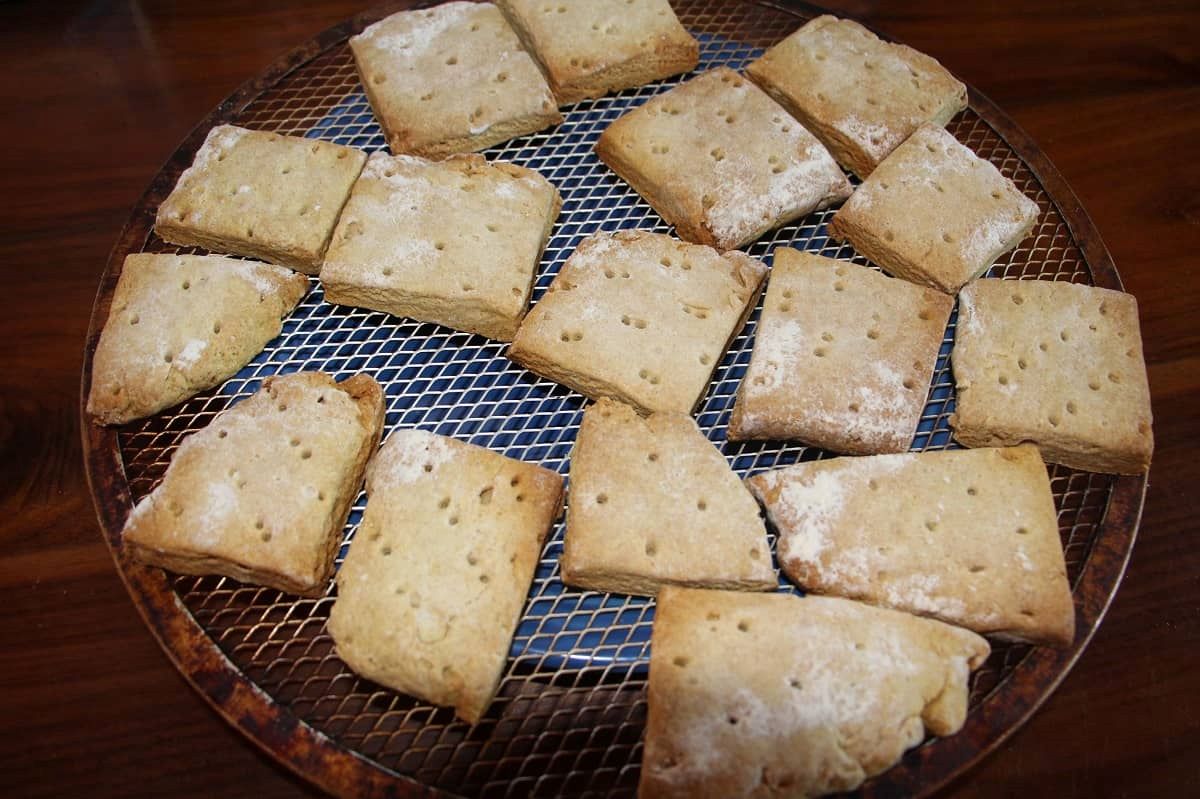



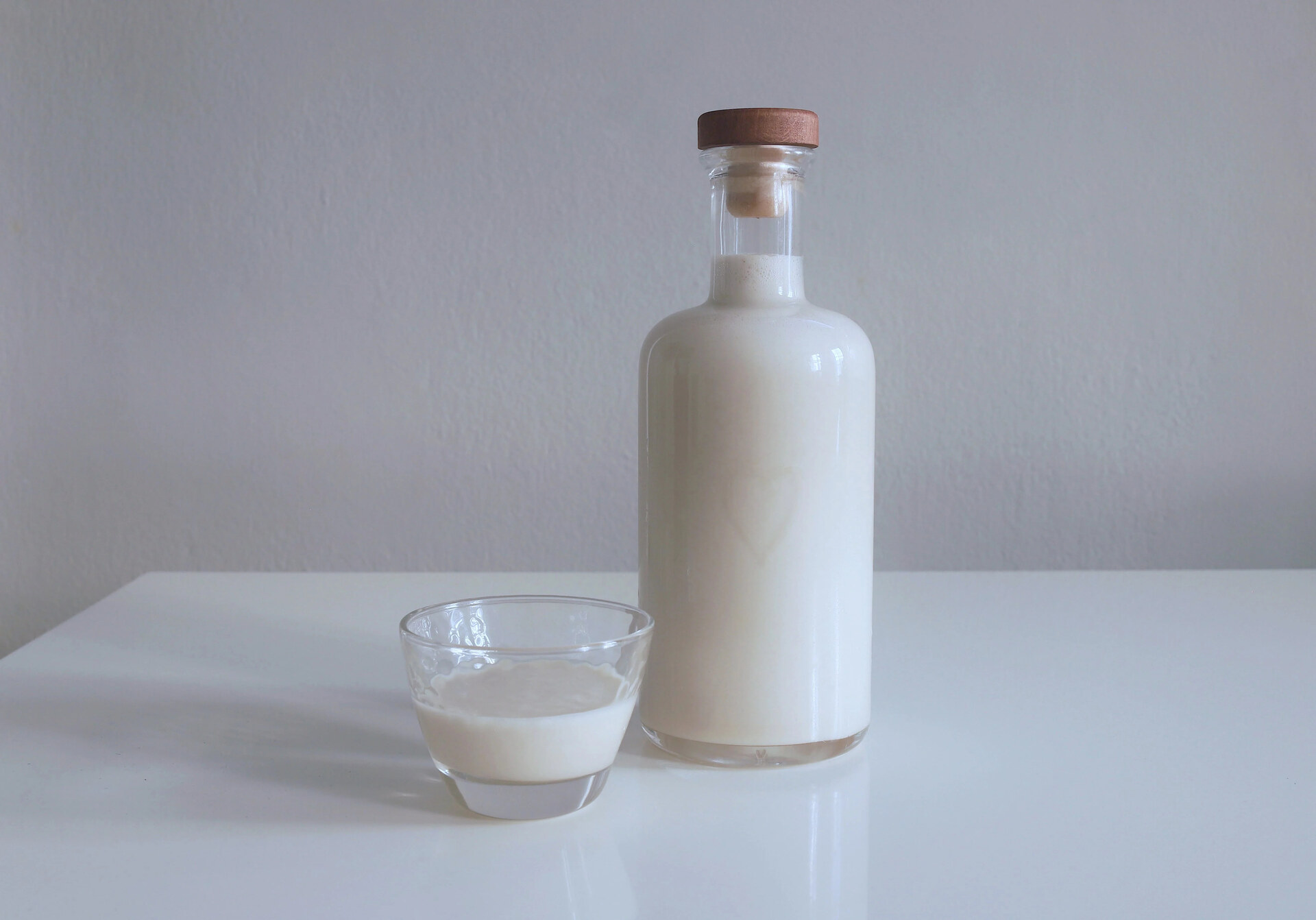


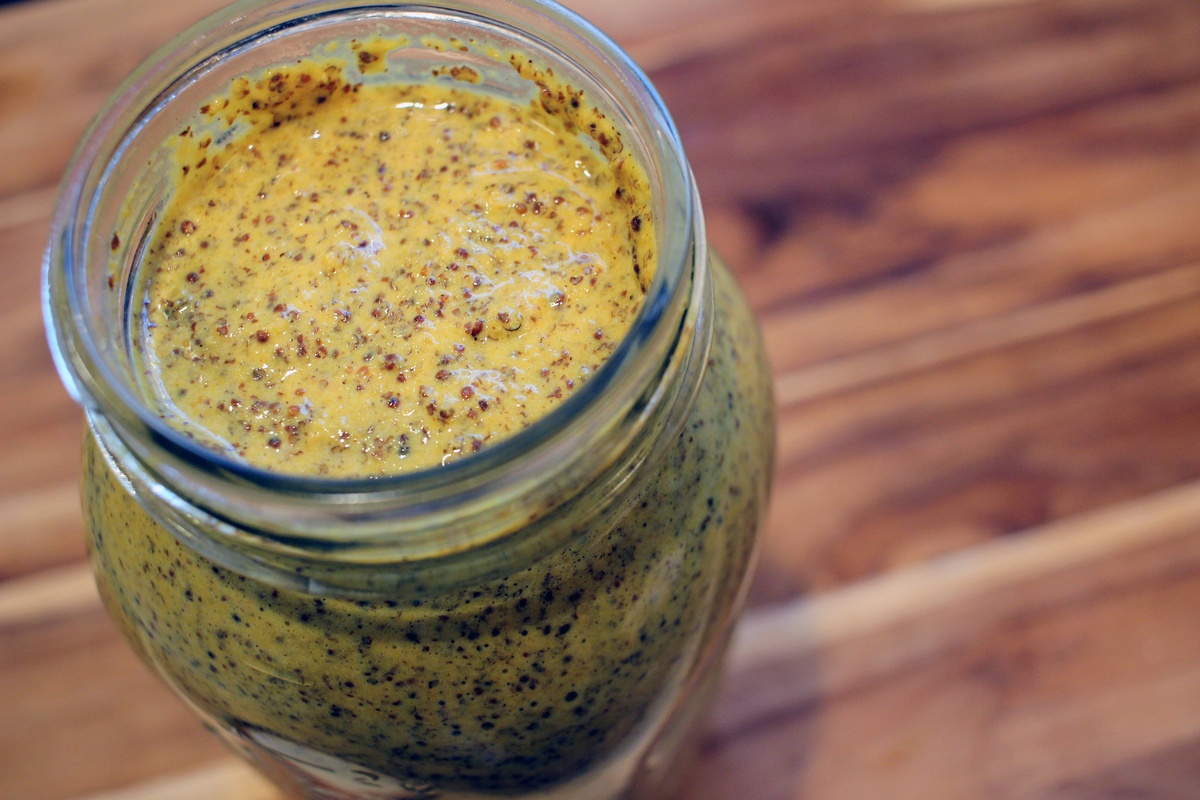

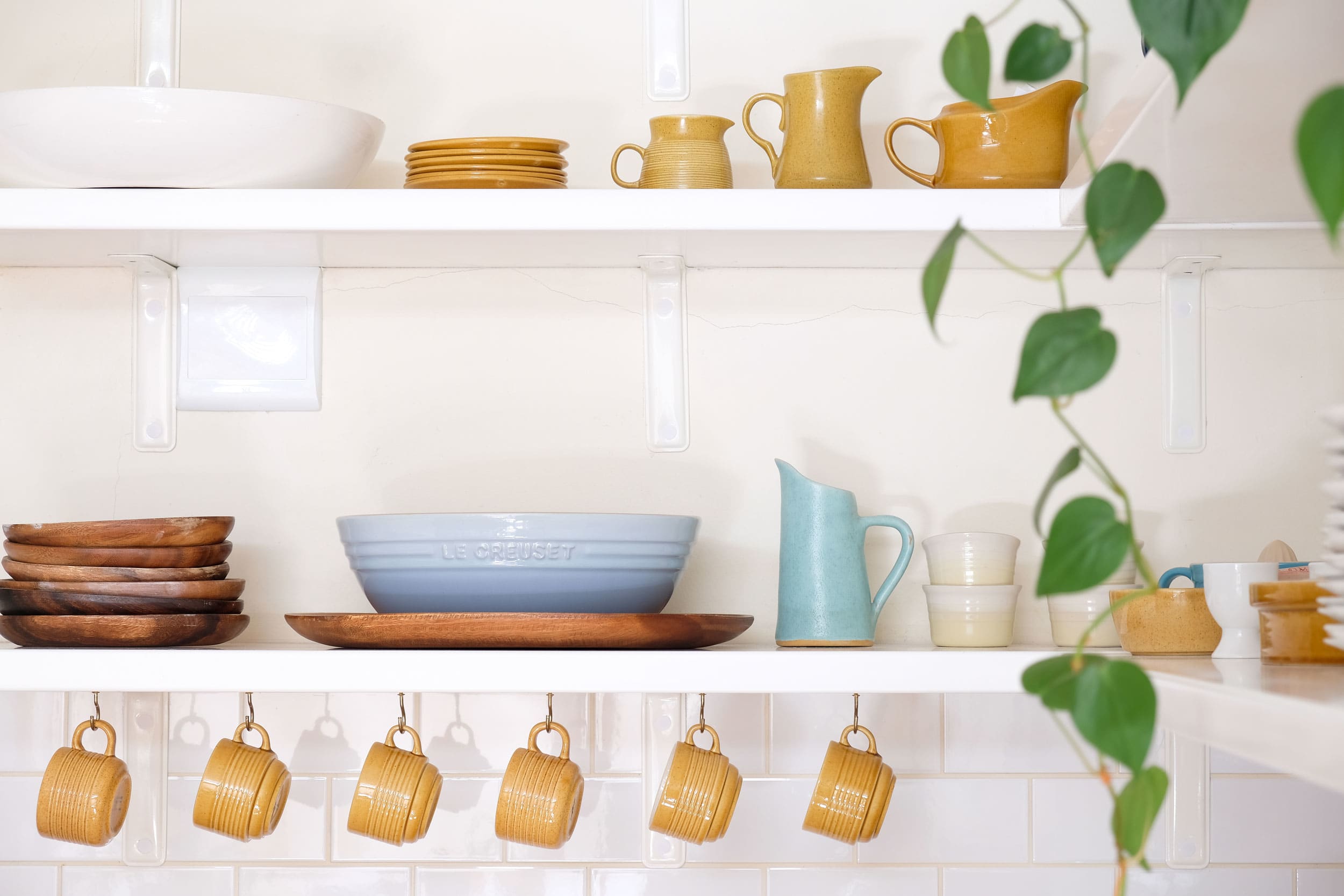



0 thoughts on “How To Store Chaga”